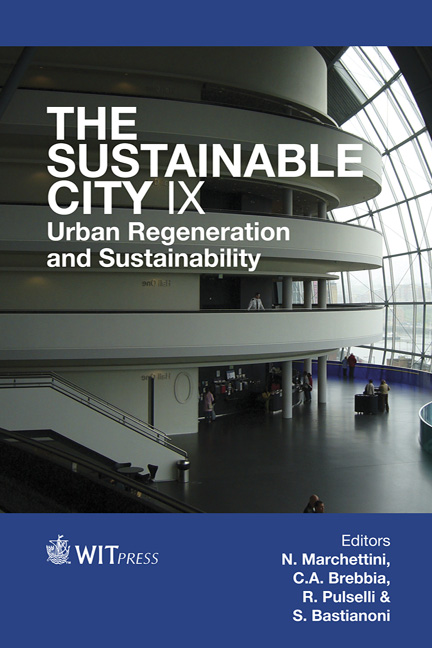Factors Affecting The Conservation And Regeneration Of The Urban Fabric Of Old Cities: Case Study Of Old Alexandria
Price
Free (open access)
Transaction
Volume
191
Pages
11
Page Range
1175 - 1185
Published
2014
Size
1,717 kb
Paper DOI
10.2495/SC140992
Copyright
WIT Press
Author(s)
K. Abdelhady
Abstract
The archaeological sites in the heritage cities in Egypt suffer from informal settlements due to the population increase and lack of standardization of urban design and historic preservation of these areas. They also suffer from the illegal architectural additions in and around the archaeological sites that affected the view and the general effect on visitors, the unique spirit of place and affected also the cultural value of the monuments.
Alexandria is one of the most famous heritage cities in the world. It was founded around a small pharaonic town (331 BC) by Alexander the Great. It remained Egypt’s capital for nearly a thousand years, until the Muslims conquest of Egypt in (641 AD) when a new capital was founded at Fustat, which absorbed later into Cairo. The urban fabric of Alexandria contains many land marks of the archaeological sites such as “Pompey’s Pillar” which is one of the best-known ancient monuments still existing in Alexandria today, “Alexandria’s catacombs”, which are known as Kom al-Soqqafa, are at short distance southwest of the pillar, consisting of a multi-level labyrinth, reached via a large spiral staircase, and the “Romanic theatre”[1].
In this paper we present a survey of the factors affecting the urban conservation and regeneration of the urban fabric of the old cities that the archaeological sites in Alexandria suffer from and aim to highlight the problems causing the urban fabric of the Alexandria the heritage city to lose its cultural essence. It aims also to assist making a framework for a sustainable plan for the development of the urban areas around the archaeological sites for the benefit of the inhabitants of these areas and for preserving the heritage value. This is concluded by suggesting a criteria for the decision makers to set processes that must occur through urban preservation and contemporary innovative designs for the surrounding areas of the archaeological sites for preserving the soul of the urban palimpsest.
Keywords
preservation, informal settlements, archaeological sites, urban palimpsest, distinctive, urban rites and rituals





